Tambopata - Peru
Tambopata Hotspot, Madre De Dios Impact Region.
Tambopata - Madre de Dios Impact region
The region of Madre de Dios is located in the southern Amazon of Peru. It has an area of 85.301 km2 and represents 6.6 percent of the national territory. It has three (03) provinces, of which Tambopata province is the largest one and covers 42.5 percent of the territory. The population varies around 141,070 inhabitants (2017 Census), resulting in a density of 1.3 inhabitants / km2.
The Madre de Dios rainforest is formed by a great Amazonian plain or low jungle, it is one of the richest life formations on earth, with a high plant biodiversity of up to 300 tree species/ha (Gentry, 1988). The department of Madre de Dios has been given the title of “Capital of Biodiversity of Peru” through Law No. 26311, in merit of its natural wealth, represented by:
All this biodiversity represents 5% of all biodiversity in the world (Smithsonian Institute; Regional Strategy of Biological Diversity of Madre de Dios)
Impact Indicators
The areas where the plantations are made will be monitored every sixty days, to verify if they are growing healthy and to remove weeds from their growing area. In case of death, the seedling will be replaced, to maintain the population of specimens planted, prioritizing protected species.
Benefited IUCN Red List species (fauna)

Mono maquisapa
Ateles chamek
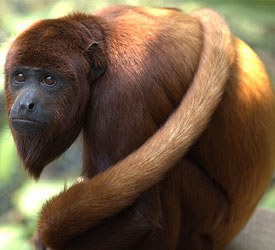
Mono coto
Alouatta seniculus

Jaguar
Panthera onca

Oso hormiguero
Myrmecophaga tridactyla

Guacamayo azul y amarillo
Ara ararauna

Aguila harpía
Harpia harpyja
Benefited IUCN Red List species (Flora)
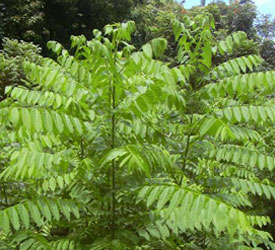
Cedro
Cedrela odorata
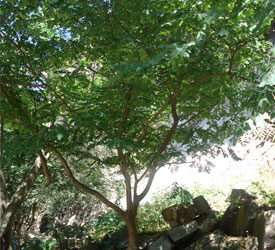
Ishpingo
Amburuna cearensis
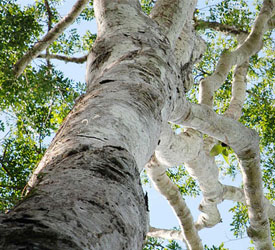
Copaiba
Copaifera paupera

Caoba
Swietenia macrophyla

Quinilla
Manilkara bidentata

Sangre de grado
Croton draconoides
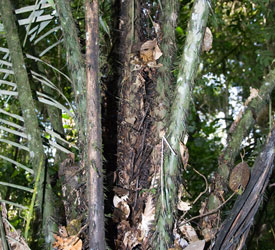
Huicungo
Astrocaryum huicungo
Positive impacts of the project to the region
Plant in the first five (05) years, 10 thousand plant units, among timber species, fruit trees and palm trees, with the means of developing sustainable activities of economic value, recovery of biodiversity and reduction of deforestation, as well as contributing to carbon capture, reducing the emission of greenhouse gases, reducing the erosion of soils, and generating environmental services for the benefit of the local population.
Work with local communities to raise awareness of conservation and sustainable use of biodiversity, the installation of communal nurseries, the preparation of planting at the beginning of the rainy season, increase of planted areas and sign agreements with local populations.
Reforest and enrich the forest to protect the habitat of threatened wildlife species included in the IUCN list of threatened species of wildlife, such as mammals, birds, reptiles and likewise. These reforested areas act as fauna corridors to recover fragmented habitats for wild animals, and maintain, in this way, the genetic exchange.
Provide seasonal employment to local inhabitants. Each tree will be planted either by the owner of the land to be reclaimed or by a local inhabitant of the community. Giving them incentives and training and making them feel part of the solution will ensure that they protect trees in the future for the good of the planet and their own livelihoods.

